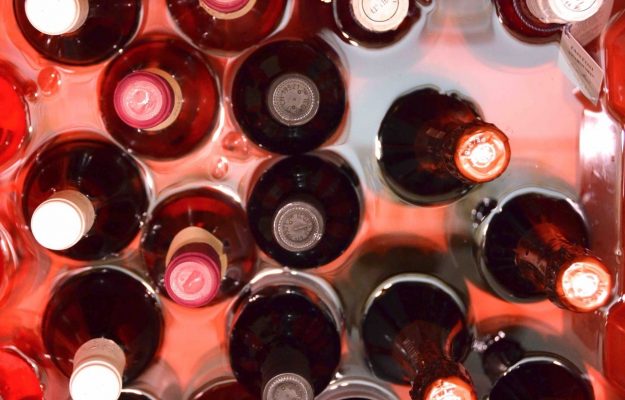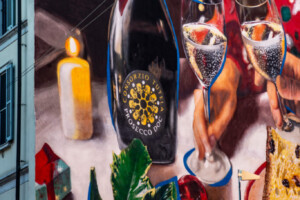“Bererosa”, the event by “Cucina & Vini”, directed by Francesco D’Agostino, organized in the Appia Antica Park in Rome on July 8th, is returning to put the rosé wines trend in the spotlight, live, counting more than 150 wines for tasting, combined with a phenomenal offer of street food. Wineries from all over Italy are the stars of the event, including Andreola, Arunda, Barone Pizzini, Bortolomiol, Cantina Tramin, Carpenè Malvolti, Castello di Montepò to Berlucchi, Il Borro, Lunae, Marisa Cuomo, Masciarelli, Mirabella, Monsupello, Muri Gries, Rivera, Torrevento, Uberti, Varvaglione, Zaccagnini and many more.
“The world production of rosé wine”, said Francesco D’Agostino, director of “Cuisine & Wines”, “is experiencing a growth trend as data has revealed. In 2002 it produced 22.4 million hectoliters, equal to 8.5% of wine in general, while instead, in 2019 it registered a volume of 23 million hectoliters; that is, 9.9%, meaning it took away space from whites and reds. This phenomenon has continued, and consumption worth 19.6 million hectoliters in 2002 (8.4% of the total) rose to 23.6 in 2019 (10.5% of total wine consumed). The largest consumers are the French, drinking more than eight million hectoliters of rosé wines, followed by the Americans, at three and a half million, and by the Germans, around two million”.
From this point of view, Italy is actually experiencing a dynamic that goes against the trend. In 2002, Italians consumed 1.7 million hectoliters, producing 3.5, while in 2019 there was a decrease in production, to 2.3 million, corresponding to a drop in consumption, which fell to 1.1 million hectoliters. In other words, while Italy is still one of the leading countries in exports of rosé wines, it has seen both production and domestic consumption drop (data from Observatoire Mondial du Rosé). On the other hand, there is surprising data related to France, which has always been first in trending phenomena that promptly involved Italy. The French per capita consumption of rosé wines was more than 15 liters per year in 2019, compared to the 2 liters consumed in Italy.
This is a significant difference that shows less growth in Italy of the rosé phenomenon that has been affecting wine consuming countries for some time now. And, a study conducted by Wine Intelligence revealed a general growth trend in the number of consumers of rosé wine, especially regarding the female and young people public. For instance, in the United Kingdom, the percentage of women consuming rosé wine has grown in just over a decade from 38% in 2007 to 58% in 2019.
Taking into consideration young people between eighteen and thirty-four, still in the UK, and in the same time frame, the percentages have risen from 46% to 62%. This is a substantial increase, confirmed by general consumption data that in Great Britain, and registered growth from 30% to 50%. “Actually, these peaks, linked to the under 35 and female segments, characterize world consumption. It is a trend, and I say this with great pride, that we of the magazine “Cucina & Vini” had identified some time ago, also on the basis of our experiences at the Bererosa events”. Bererosa is now returning in person to raise a collective toast to we hope a near and more rosé future.
Copyright © 2000/2025
Contatti: info@winenews.it
Seguici anche su Twitter: @WineNewsIt
Seguici anche su Facebook: @winenewsit
Questo articolo è tratto dall'archivio di WineNews - Tutti i diritti riservati - Copyright © 2000/2025









































































































































































































